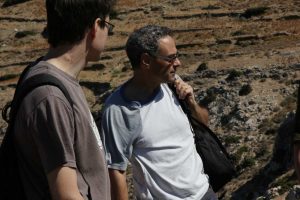
by Irma Havlicek
Powerhouse Museum Web Producer
Finally, after all the planning and coordinating, yesterday arrived: 23 September 2013, and the first day of the 2013 Zagora archaeological fieldwork season.
The old hands (ie those who had been part of Zagora 2012) headed out to the site after breakfast while those who were new Zagora participants stayed back for an induction session at the Kantouni Cafe.
Meg Miller and Lesley Beaumont provided a briefing about the five excavation areas, and explained about some of the specialists we have on the team, such as Stavros Paspalas (pictured at right), a renowned expert in fine ware ceramics of the Geometric period.
They reminded us of the importance of representing the project well and always behaving with courtesy in this community which so warmly welcomes us into its midst.
After reminding us who the first aid officers are (Lesley Beaumont, Meg Miller, Ivana Vetta, Archondia Thanos, Annette Dukes and Elaine Lin), they introduced the work to be done on site on the first day:
– a tour of the site and planned excavation areas;
– instruction on safe use of tools;
– preparation for the field season, including backfill removal, trench clearing and vegetation removal;
– where possible, start excavating.

Our schedule during on-site days will be:
5.45am Breakfast (with packs loaded and ready for departure)
6.15am Depart for the site
10.15am First break
12.45pm Second break
2.15pm Fieldwork stop; carry finds to vehicles to take to the museum
2.45pm Depart from site
7.30pm Dinner
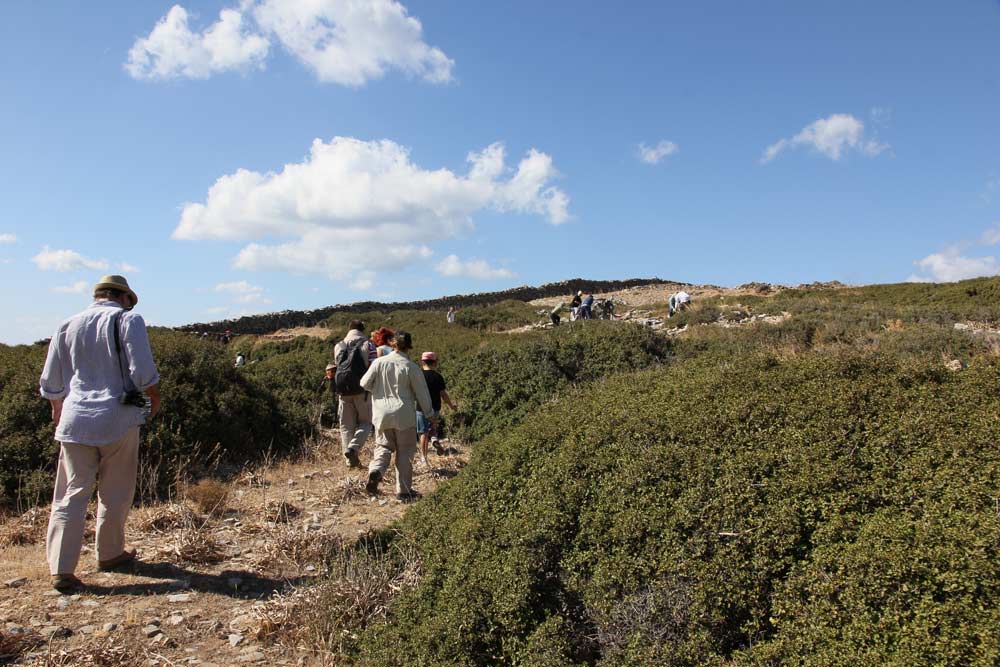
The times above are earlier than last year, when we were here a month later than this year. This is so we start as soon as there is enough light to work safely, thus spending less time working in the heat of the day.

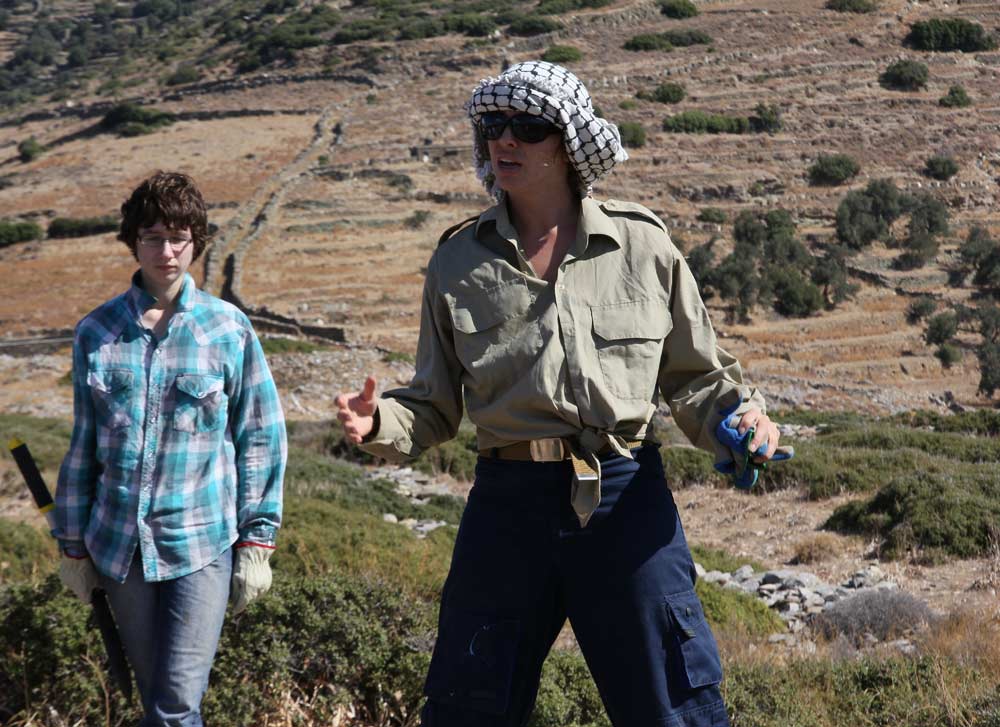
On Tuesdays and Thursdays at 6pm there will be Greek lessons (Elementary on Tuesdays for those with little or no Greek, and Beginners on Thursdays for those who completed the course Archondia provided last year). Archondia Thanos will provide the Elementary classes, and Lea Alexopoulos will provide the Beginners classes.
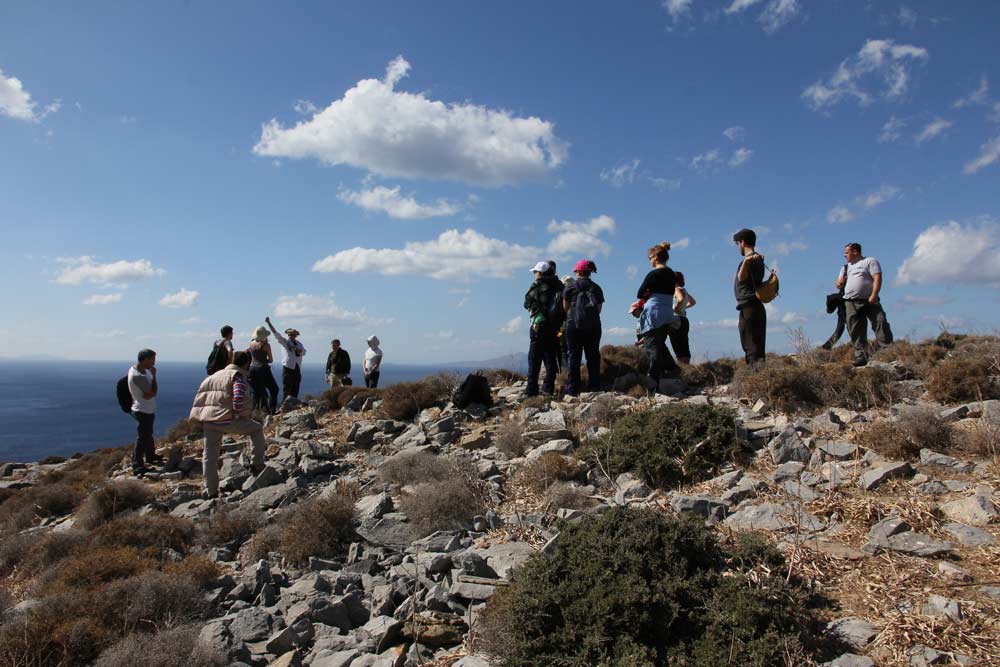
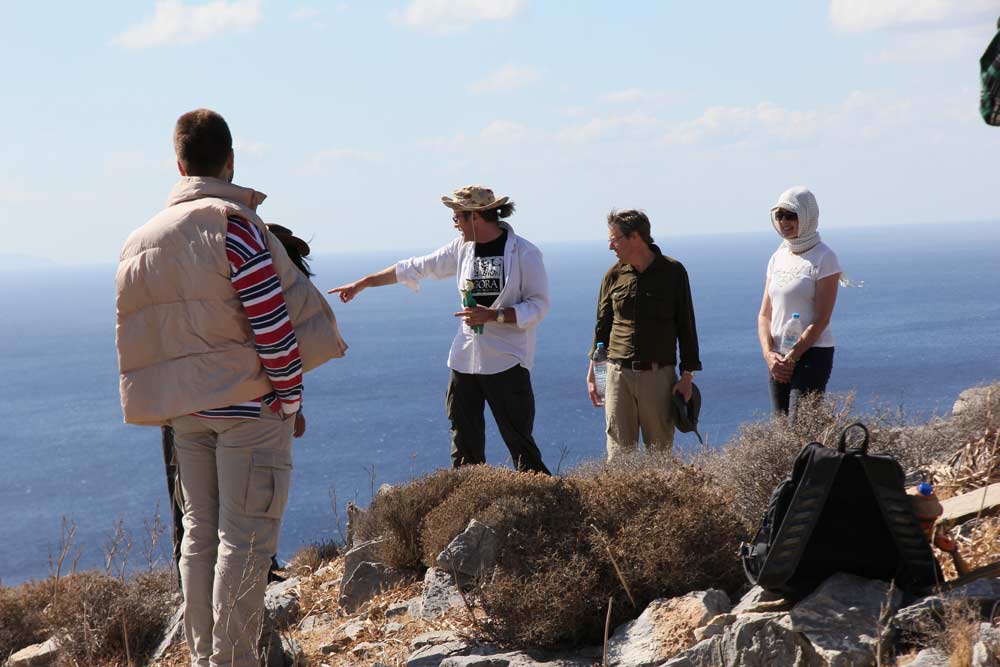
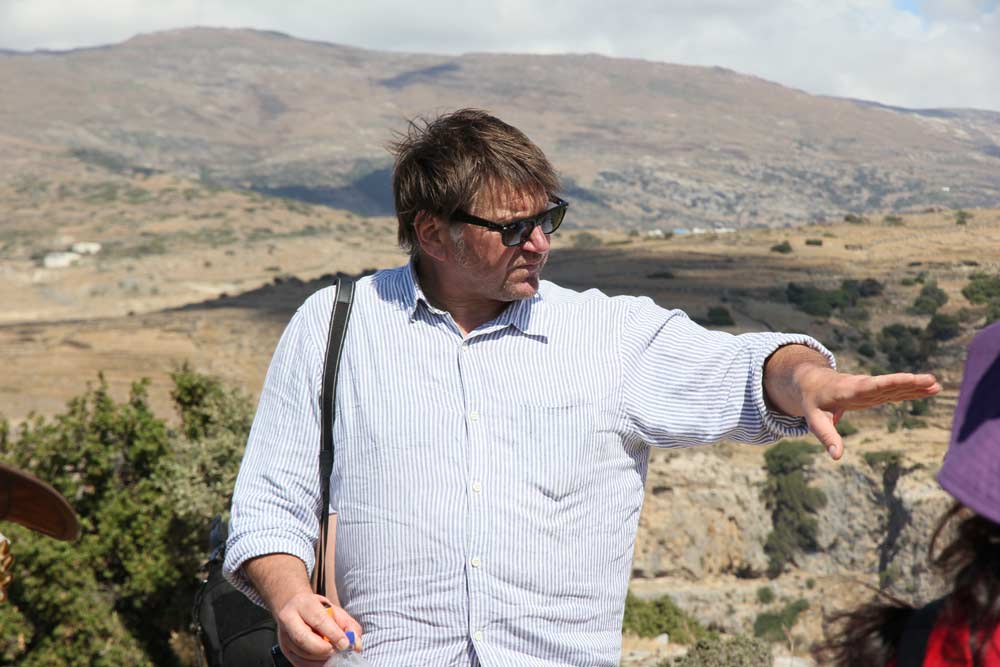
On Sundays we will have a team briefing at 6pm to recap what was achieved the previous week and to present the plans for the week to come.

It was really noticeable in reviewing photos for this post how very expressive are the hands and arms of our archaeologists. I guess that’s because what they are talking about tends to be physical objects located in space, and hand gestures help to describe what they are explaining. But another thing is that they are all very enthusiastic about their work on this project, and I think it shows.
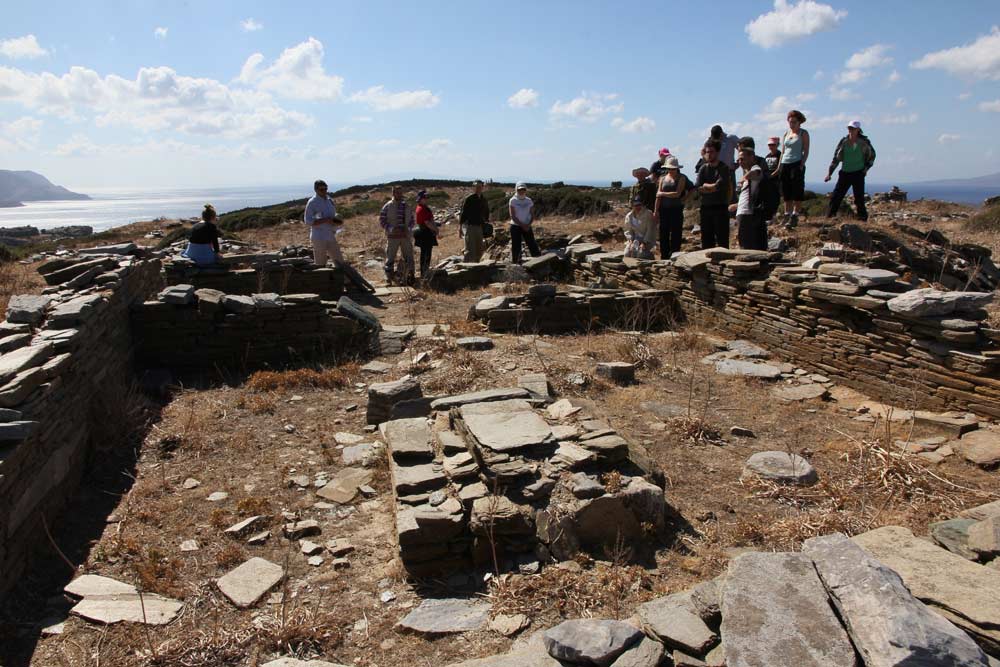

All photos by Irma Havlicek; © Powerhouse Museum

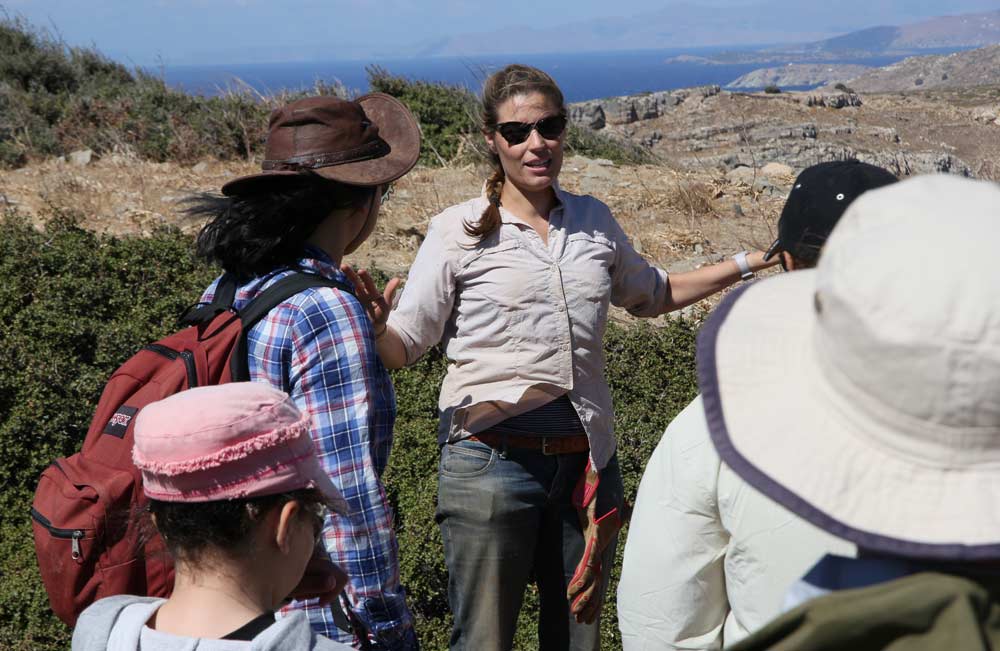

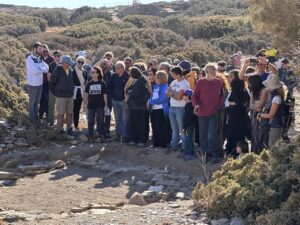
3 thoughts on “Induction of the newbies”
After taking a glance at google weather forecasts for Andros Island, I’m surprised it does warm so early on in the day. Do the windy conditions at the site moderate the humidity levels?
I looked at the temperatures for Andros for the same period last year before I came (to help me decide what clothes to bring). Mostly it indicated ranges of about 22-28 degrees Celsius. It’s been much hotter in the week we’ve been here both at Batsi, where we’re staying, and also on site at Zagora.
On two days I heard a thermometer on site registered the temperature at 36 degrees Celsius. The thermometer was in the Sun – but then, so were we! There is no shade on the site except for inside the dig hut and along one wall and a bit of another wall outside the dig hut – it provides reasonable shade when we have our main meal on site about 10.30am (having had breakfast from 5.45am) but the band of shade decreases during the day. Oh, and Hugh Thomas’ trench has a bit of shade: he bought a beach umbrella for his trench! You’ll probably see it in one of the posts soon.
I haven’t felt too much humidity. Though it sure does get sticky when you’re working physically hard. And it is much more pleasant when the cool Meltemi wind is blowing (if it is not too strong) when you’re working hard. It’s much less pleasant to work hard when it is hot and still, or when it’s hot and there is a hot Sirocco southerly wind blowing up from Africa.
I don’t know what I was thinking when I answered ‘I haven’t felt too much humidity’, above…. Probably I just thought I felt that sticky from all the walking and working. It has been extremely humid at times over the last few days. And you’re right, the cool wind does provide some relief from the humidity.
I’m just remembering how changeable the weather is here. It’s been sunny every day until last night when rain started, and continued until late this morning. There was also some fairly dramatic thunder. The sea was still until the night before last – when the wind picked up and you can now hear the waves pounding the shore. (A bit like Melbourne, really – you can get all seasons in a day.)